Road trip from Florida to Michigan
Leaving Florida a few days ago, we continued our road trip heading north, through Kentucky and into South Carolina. This state is one of my favorites, with it’s diverse natural landscapes — from Table Rock Mountain to the Chattanooga River to vast rolling farmland. Its architecture is equally varied due to early colonial influences, with roots to England. The architecture also reflects the impact that the African Slaves and other immigrants, such as the French Calvanist Huguenots, had on the state.
History tells us that before the Civil War, the structures in South Carolina were mostly utilitarian and ornamentation was mostly absent. As towns and cities grew after the war the style trends widened and significant changes were seen in the architecture.
Sadly, as with every other state across the nation, South Carolina has its fair share of historic demolitions. I discovered that not so long ago this stunning mansion and a treasure of South Carolina, met an early demise in the city of Spartanburg. Named Bon Haven and built around 1884, thanks to a December 12, 2021 article and photos in Only In Your State, the world can see this beautiful craftsmanship before it was destroyed.
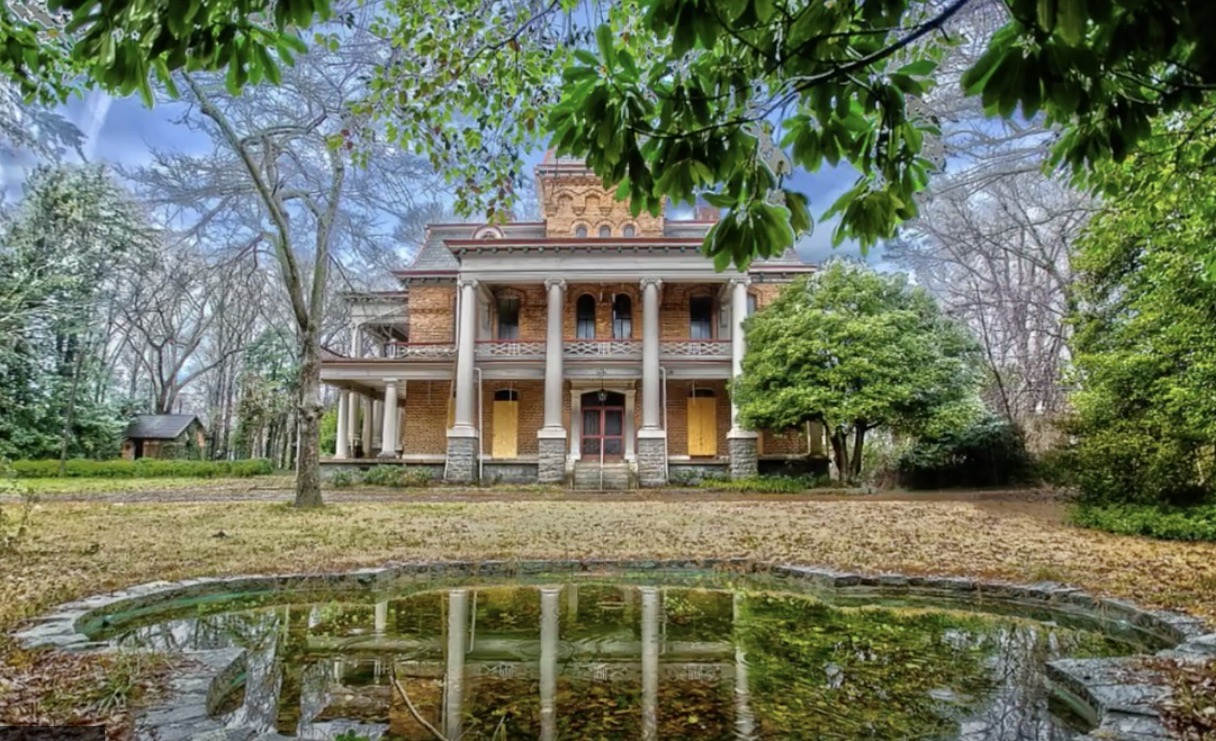
Unfortunately, even a listing on the National Register of Historic Places in 1976, could not save this structure, which sat on six acres of land that included a reflection pool in exquisite gardens and was surrounded by native forest.
Architecturally, the home was a combination of Second Empire with 1920’s Neo-Classical additions, as can be seen here. It featured a mansard rood, central tower and massive columns and portico.
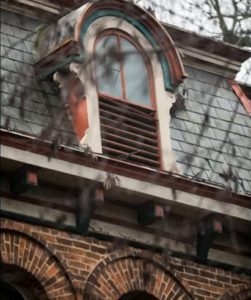
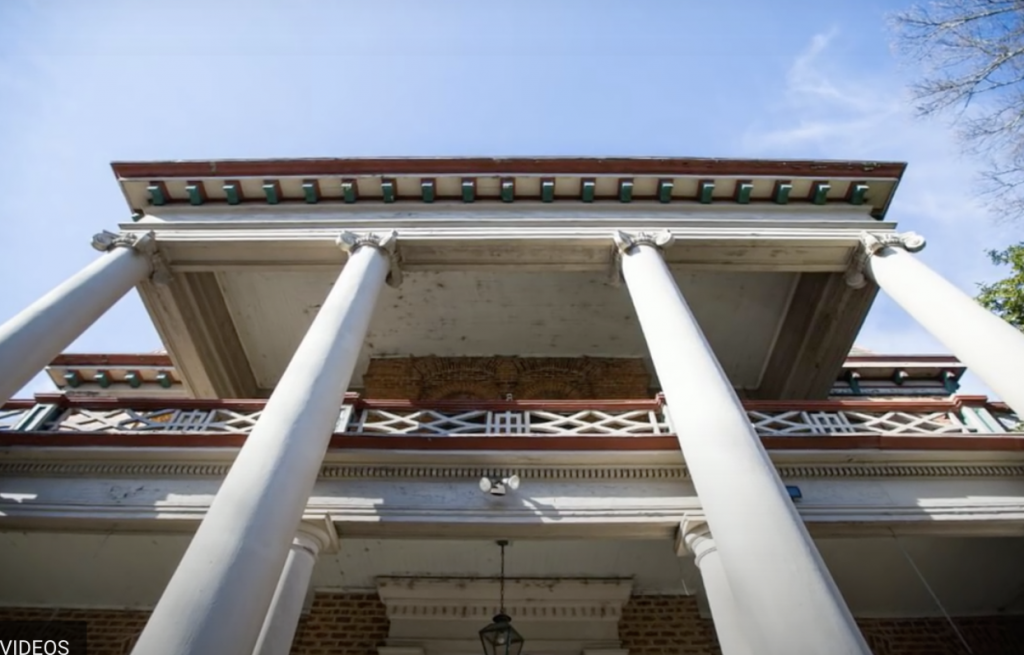
Bon Haven was built by John B. Cleveland, who played a role in the establishment of Spartanburg’s city school system. Here are some other stunning exterior details of the home.


Additionally, no details were spared in creating the interior of the home.
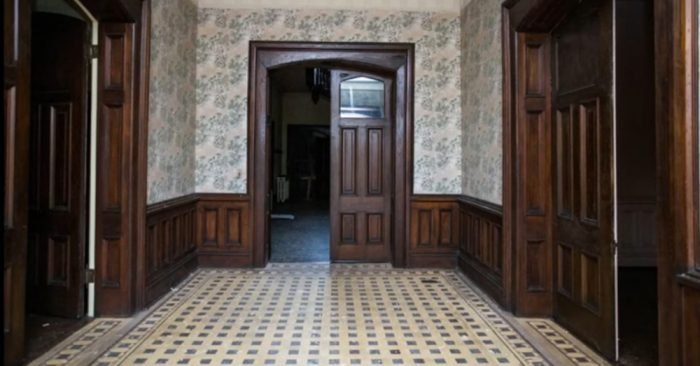
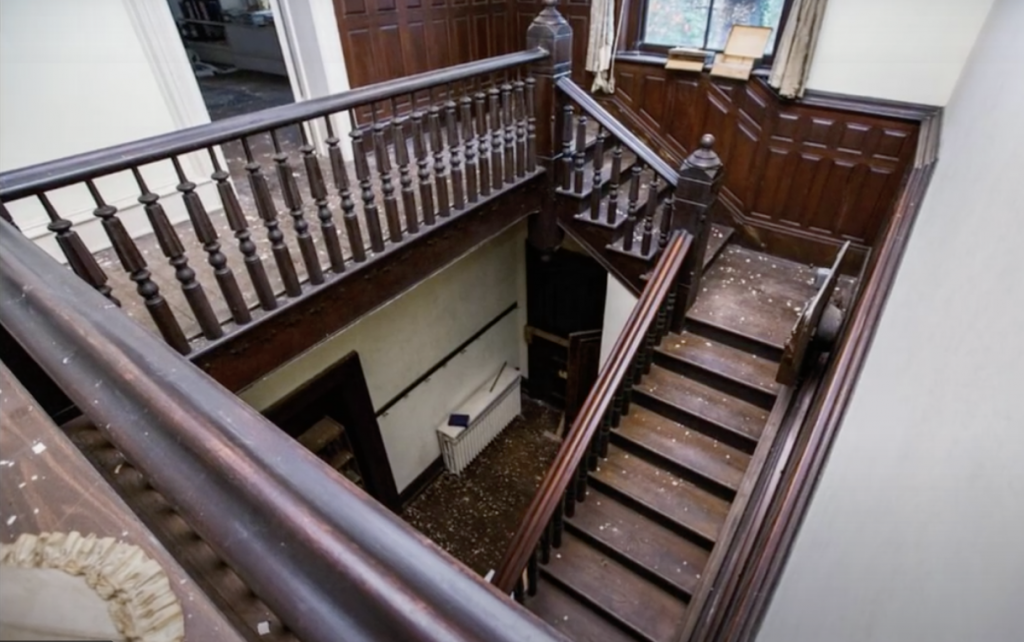
My aim in promoting stories such as this is to raise awareness of the need to respect and protect quality historic structures such as the Bon Haven. In my book Hand Painted Homes: An Artist’s Pen and Watercolor Journey Across America I showcase many such examples of homes that have been lost. . . but not forgotten.
Historic Preservation In South Carolina
On a brighter note, South Carolina has a large number of landmark buildings and the state generally takes historic preservation seriously. Here are some good examples of important historic structures in South Carolina saved from the wrecking ball through the efforts of private citizens, preservation groups and city authorities.
The Dozier House in Columbia was restored by John and Victoria Dozier, the sixth generation of that family to reside in the home. The house is located on a street known for its noteworthy African-American residents. The Palmetto Compress, a four-story warehouse dating back to 1917, stored over 50,000 cotton bales in its prime. The facade of the building was preserved and the interior now serves as a residential and retail space.
Another success story is the Woodrow Wilson Family Home (circa 1871) which was saved from demolition in 1928 and opened its doors as a museum five years later. It has since been extensively rehabilitated with special care taken to preserve the spirit of the home.
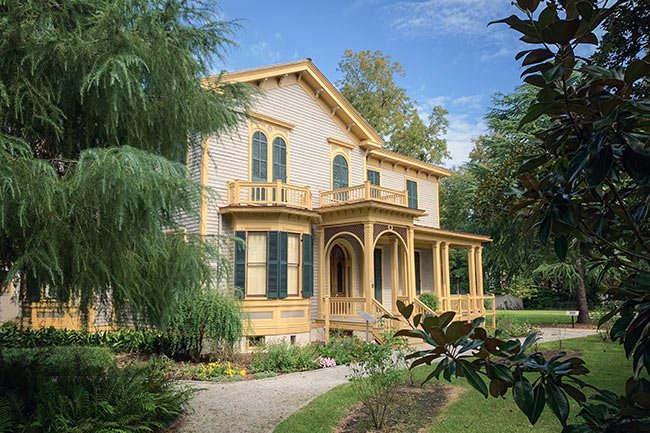
That’s all for now and I hope you have found this
Leisa


